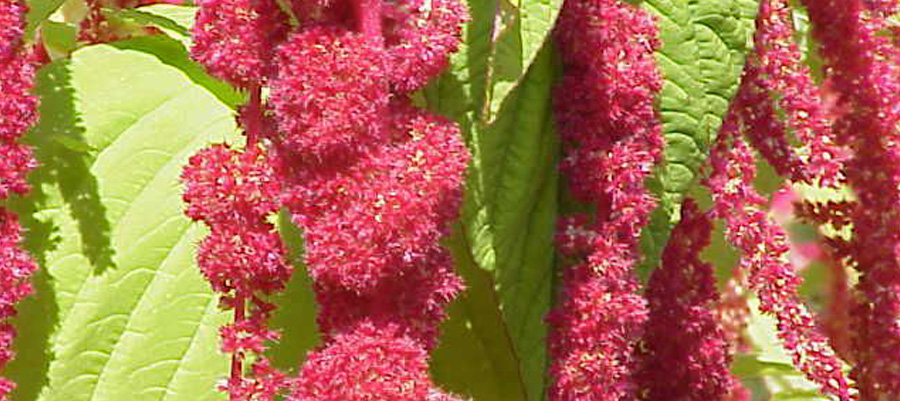

Amaranth (Amaranthus caudatus) is a small, semi-flattened round grain that is colored yellowish-white (white amaranth), red (red amaranth), pink (pink amaranth) and black (black amaranth). Amaranth is rich in proteins, carbohydrates and with an excellent balance of amino acids. It is sometimes referred to as the “mini quinoa” due to its smaller size and similar properties.
Amaranth is very high in fiber and contains between 15% and 18% protein. The grain contains amino acids and many vitamins such as vitamin A, B-6, C, K and riboflavin. Essential minerals such as calcium, copper, magnesium, manganese and phosphorus are also found. Amaranth is a good source for those looking for plant-based protein sources.

Amaranth
Amaranth originated in South America. During colonial times, delicious sweets were prepared from Amaranth and sugar. A similar species (haautli or A. hypochondriacus) was widely farmed in Central America and frequently mentioned in connection with Aztec ceremonies.
Amaranth is grown by Andean farmers, and continues to be important in their diet due to its excellent nutritional value. Amaranth is efficient at carbon fixation, lacks photorespiration and requires less water than other cereals. Amaranth is being grown in India and Nepal, where it is greatly accepted by low income households.